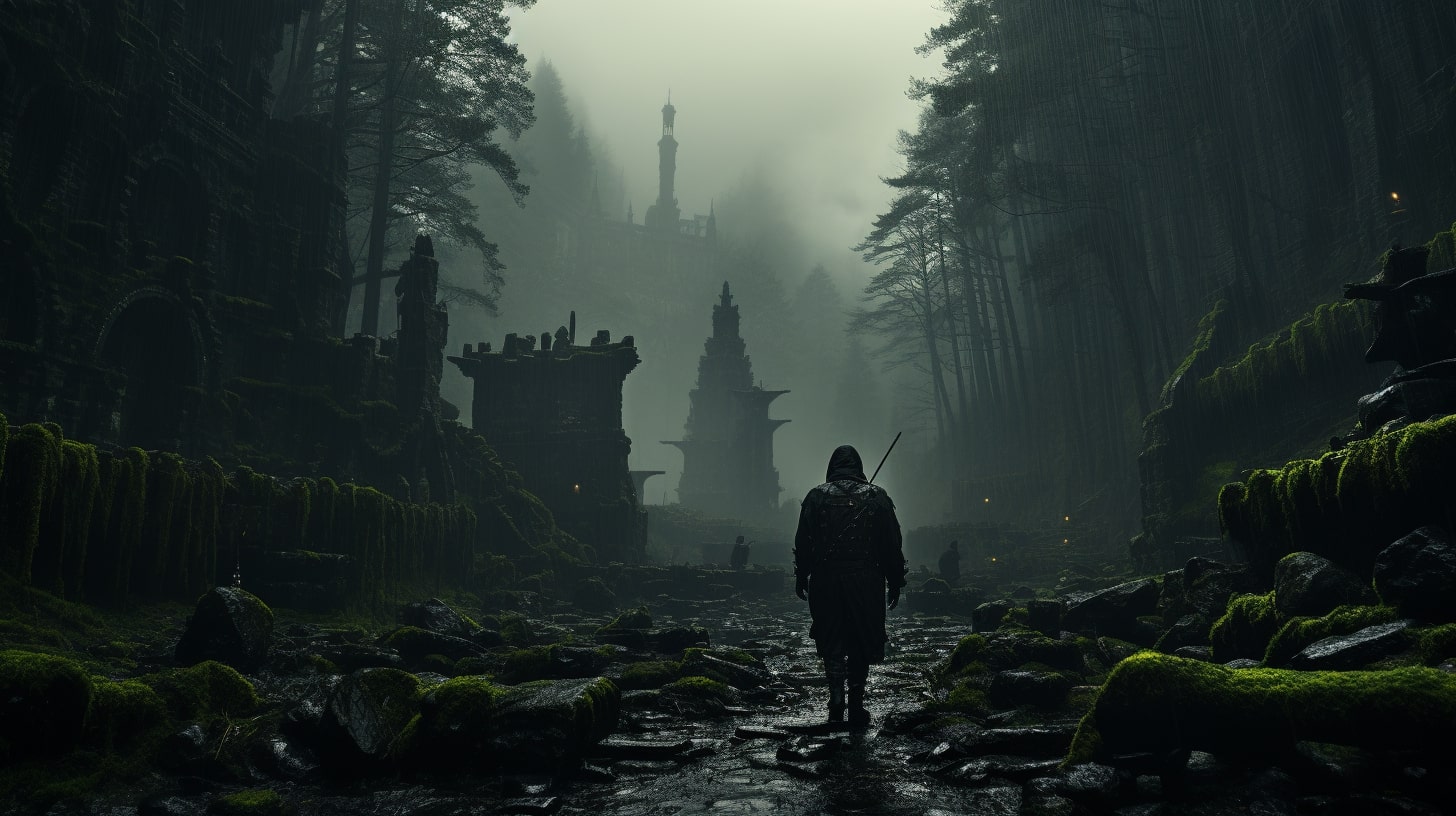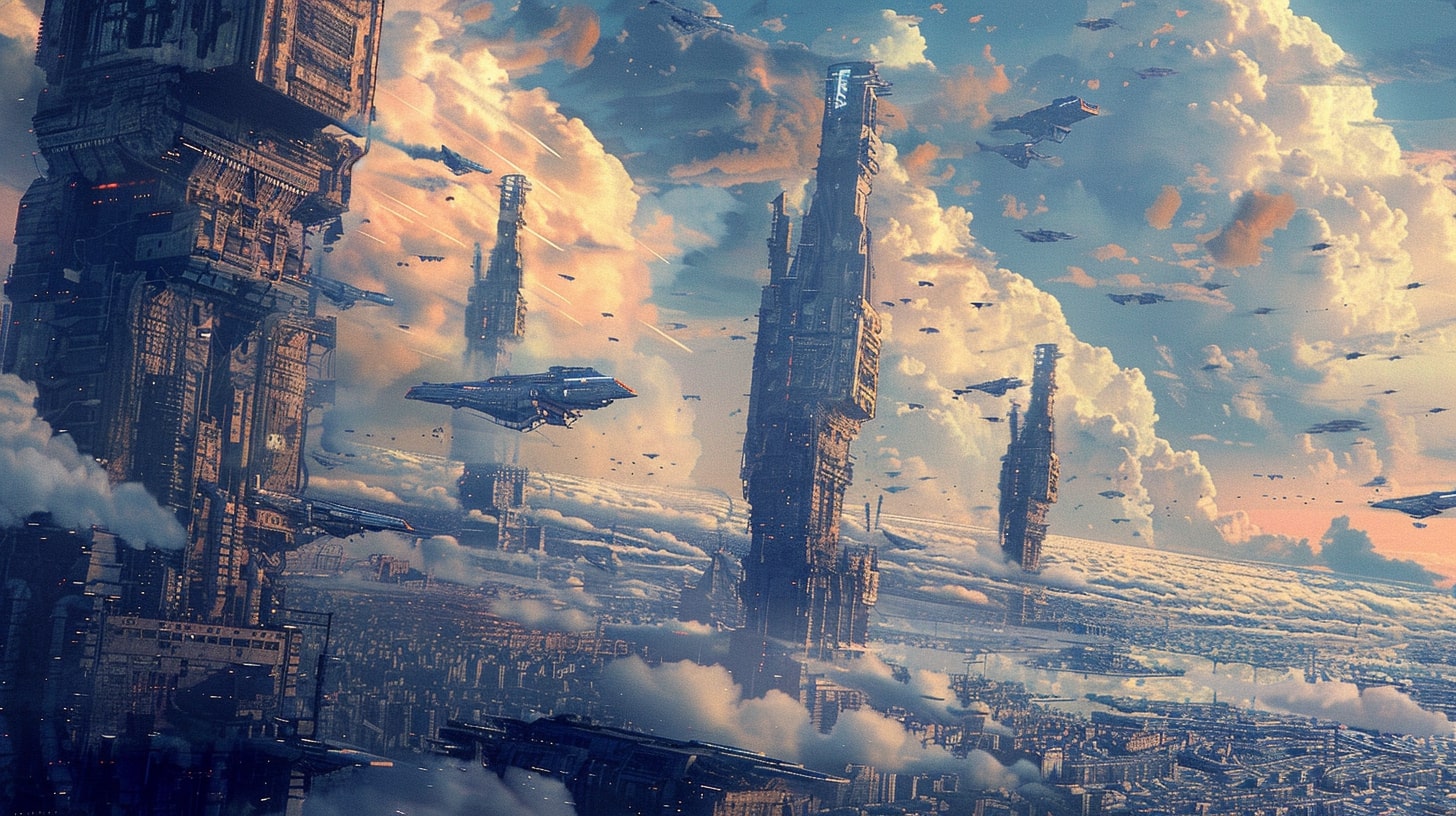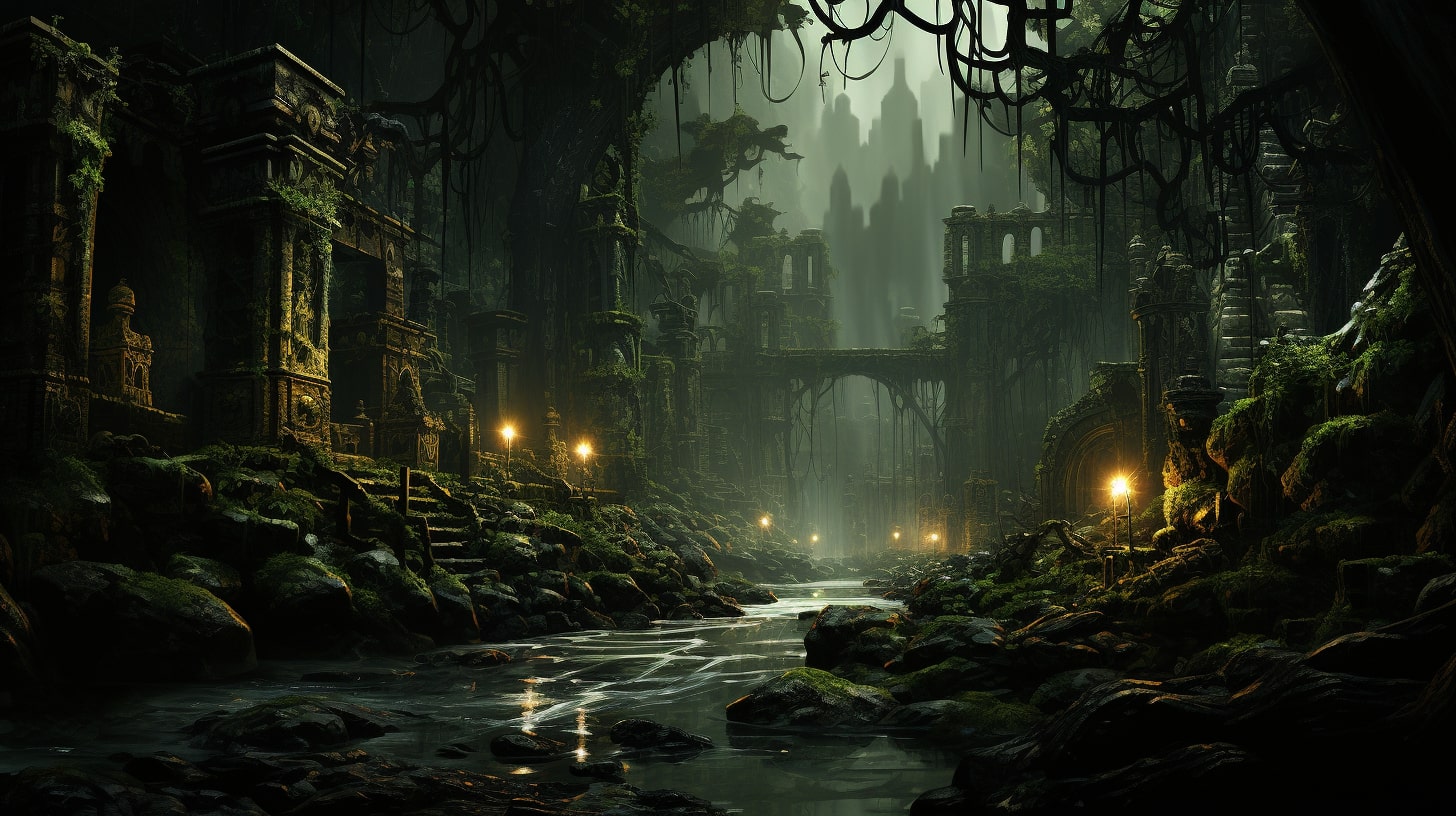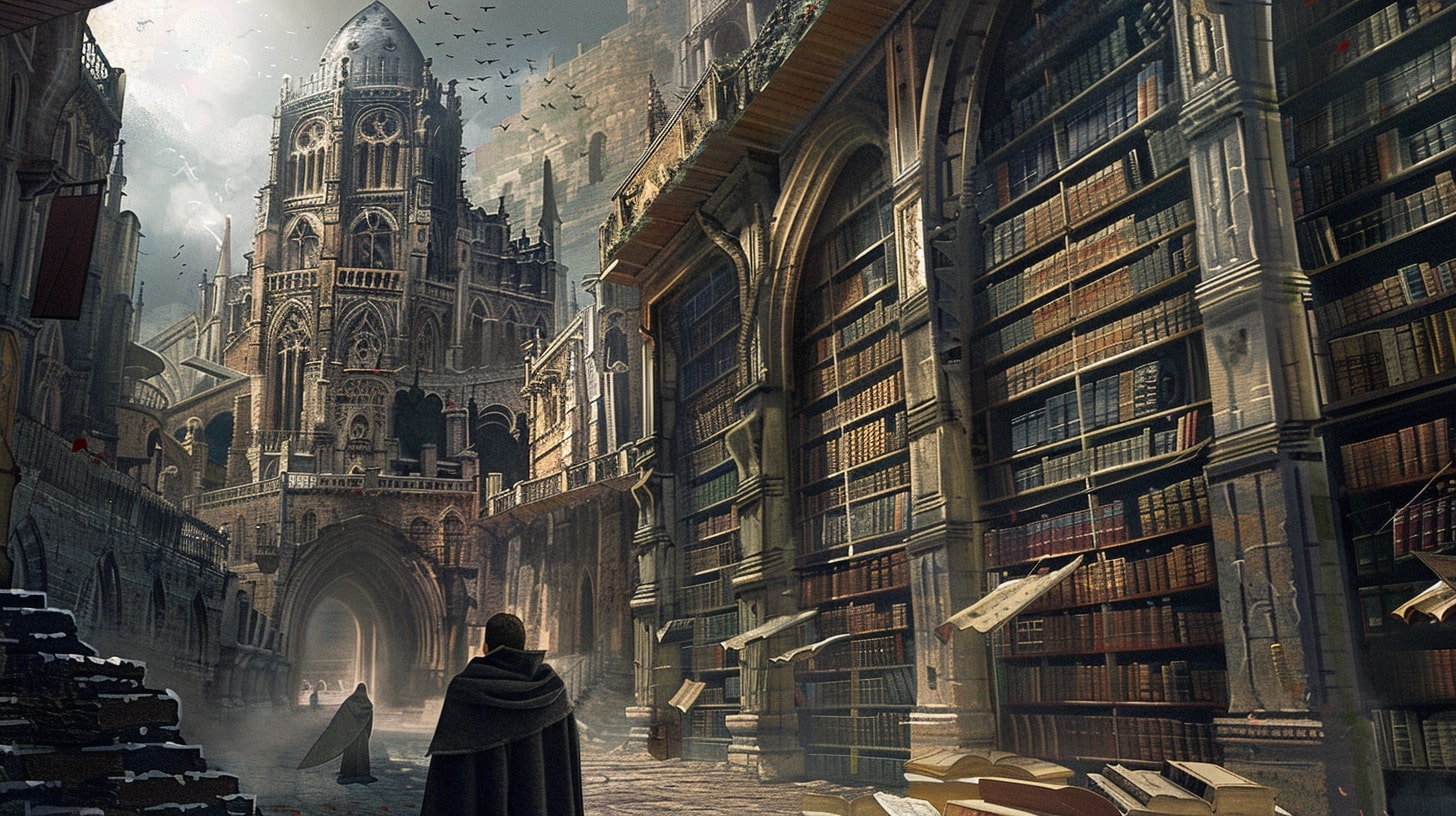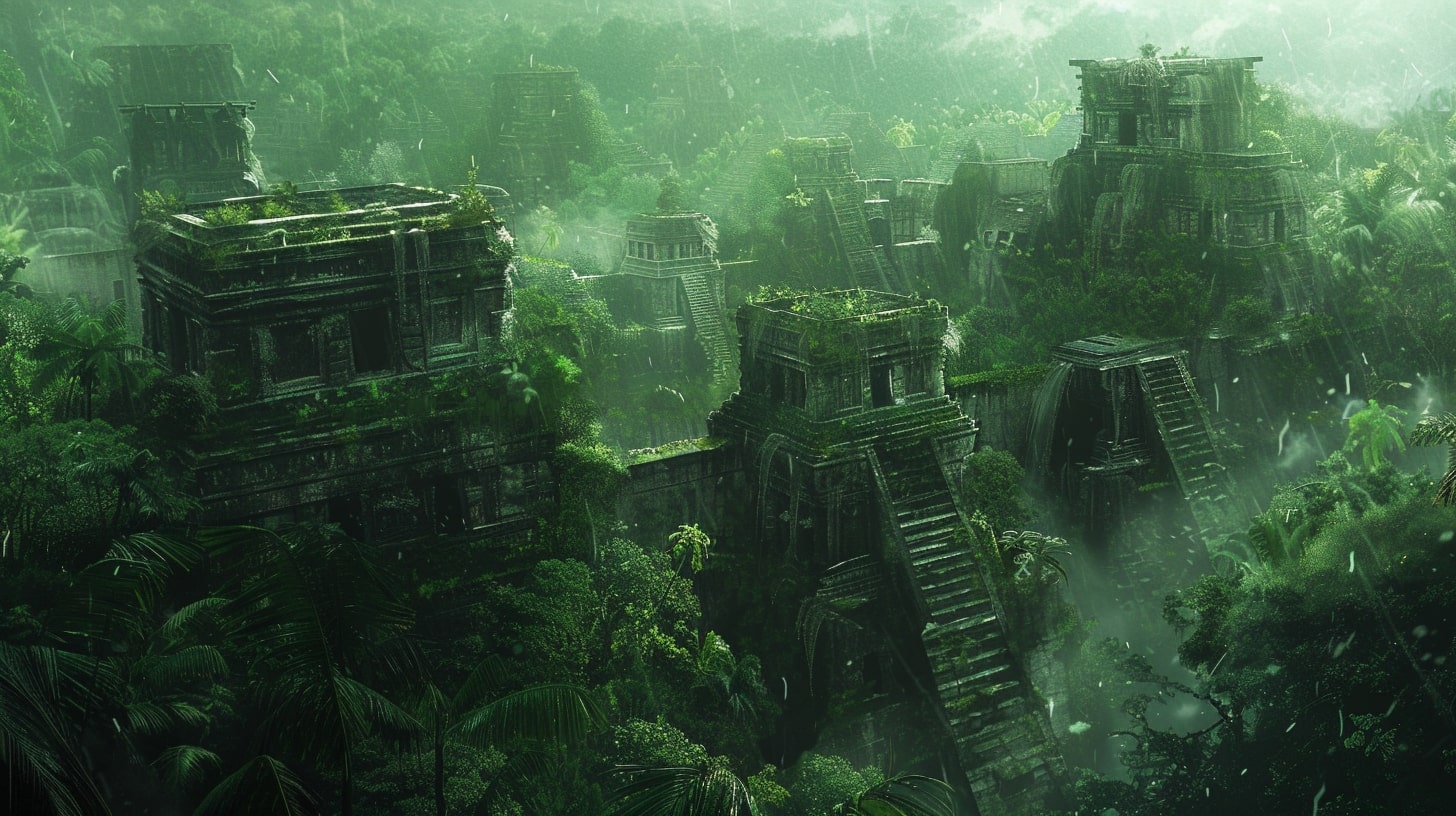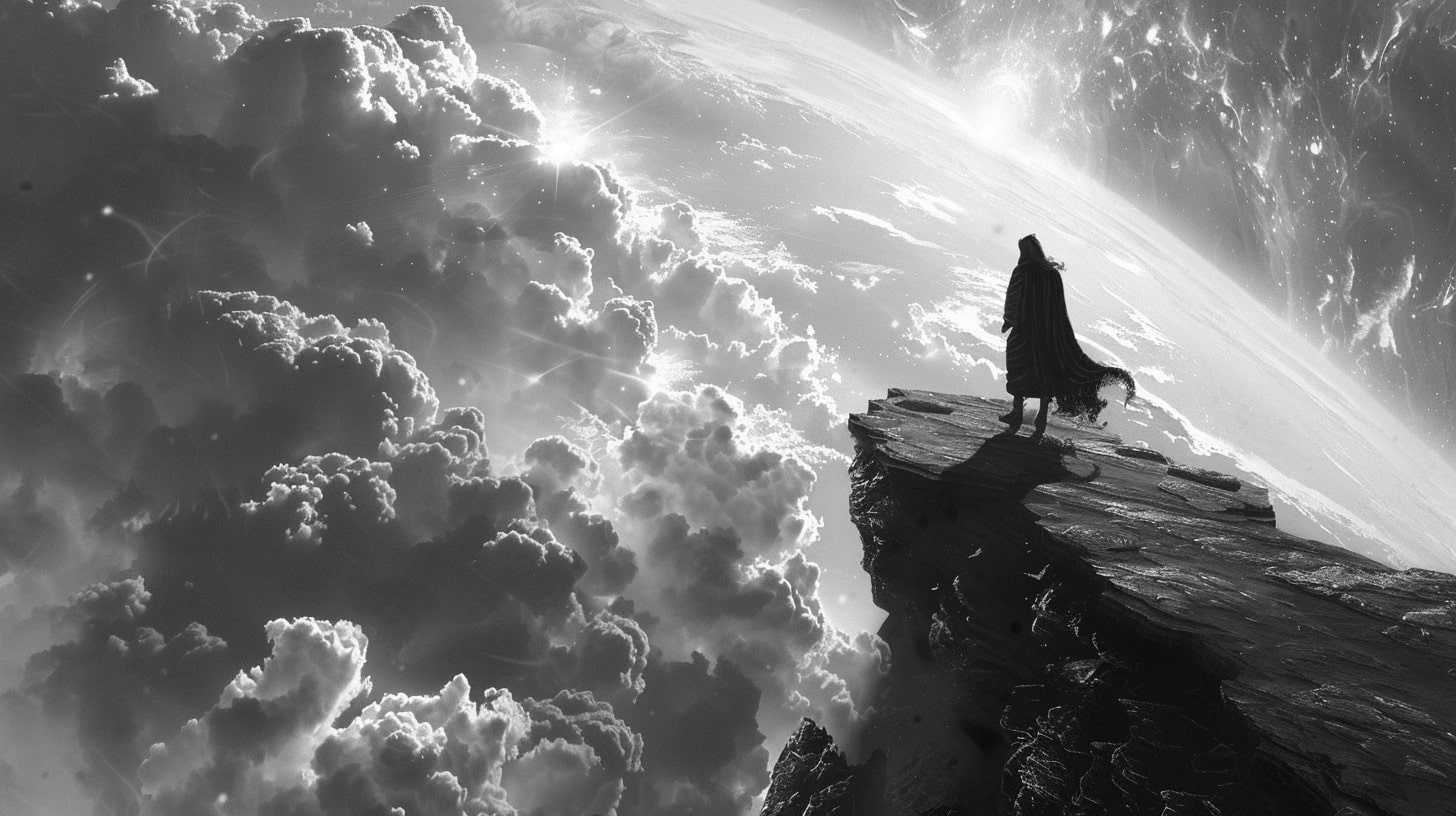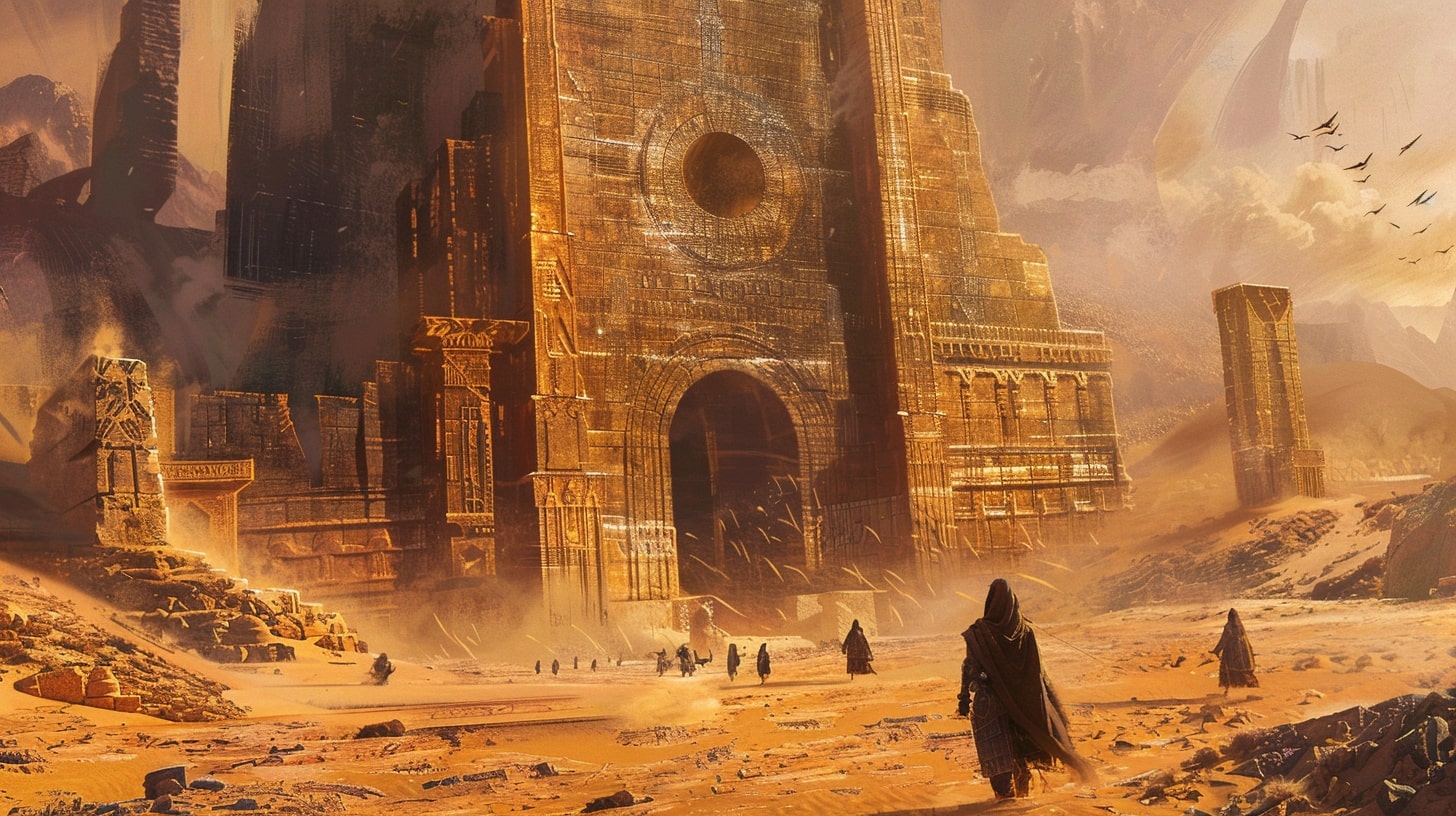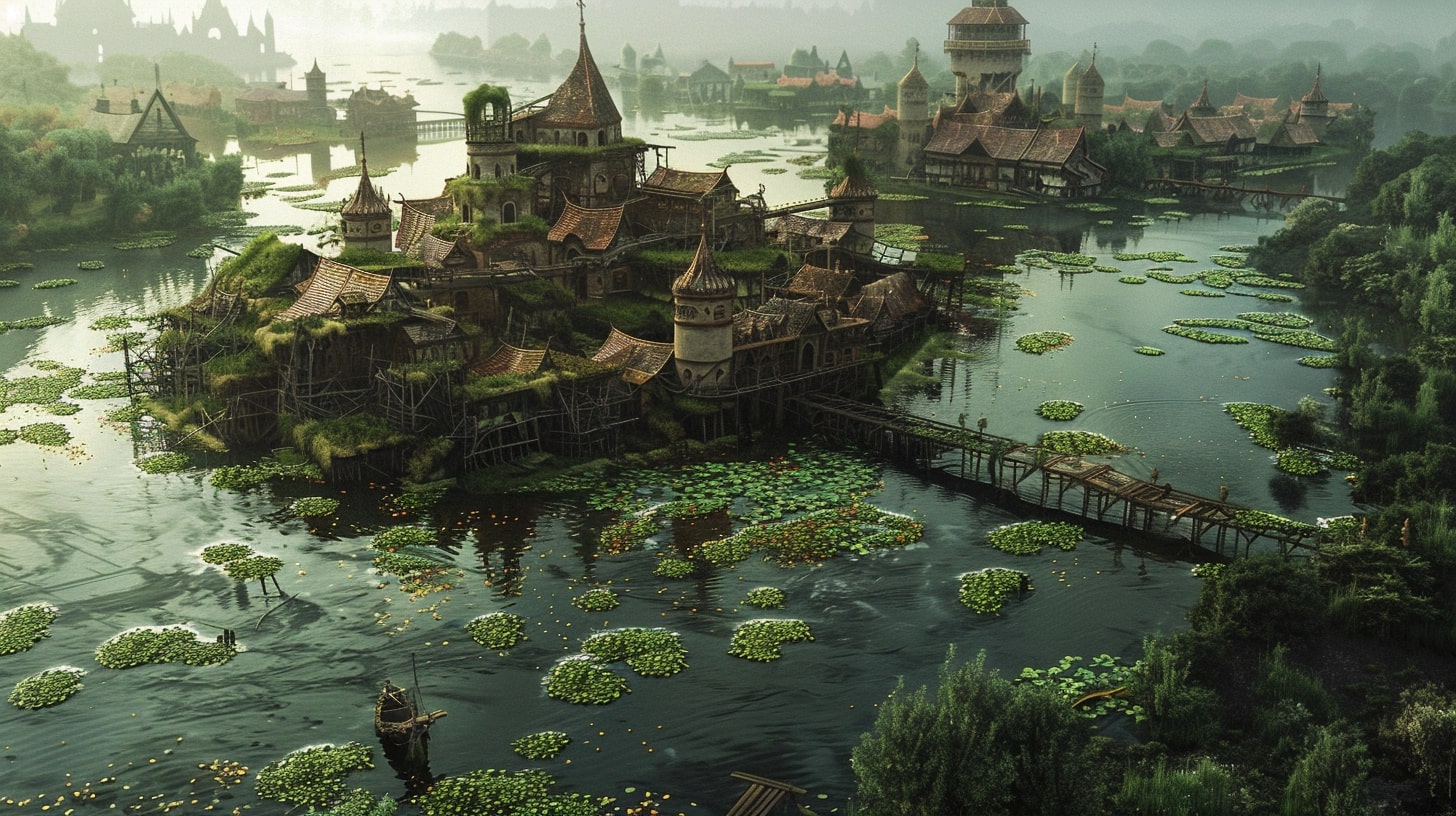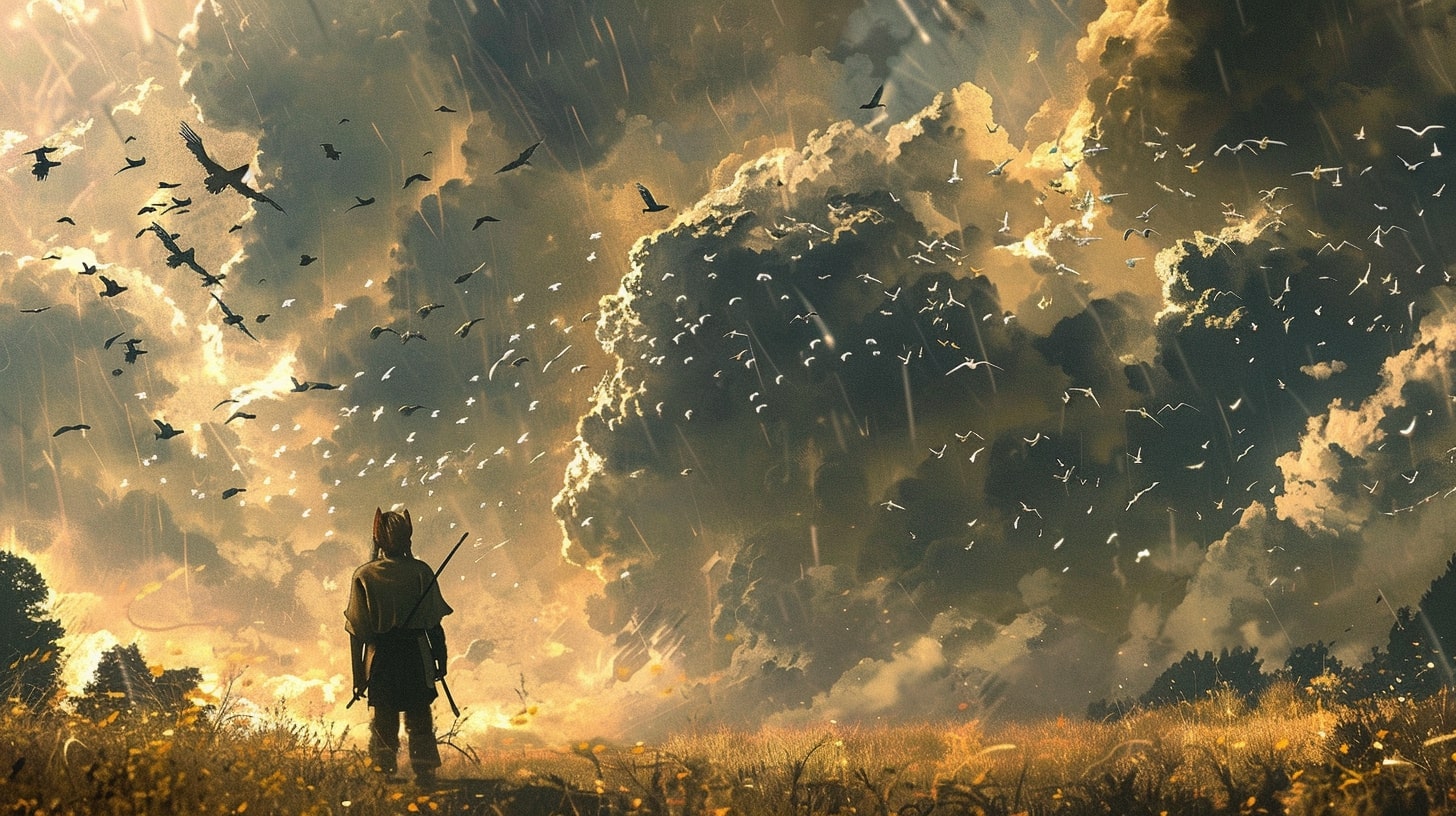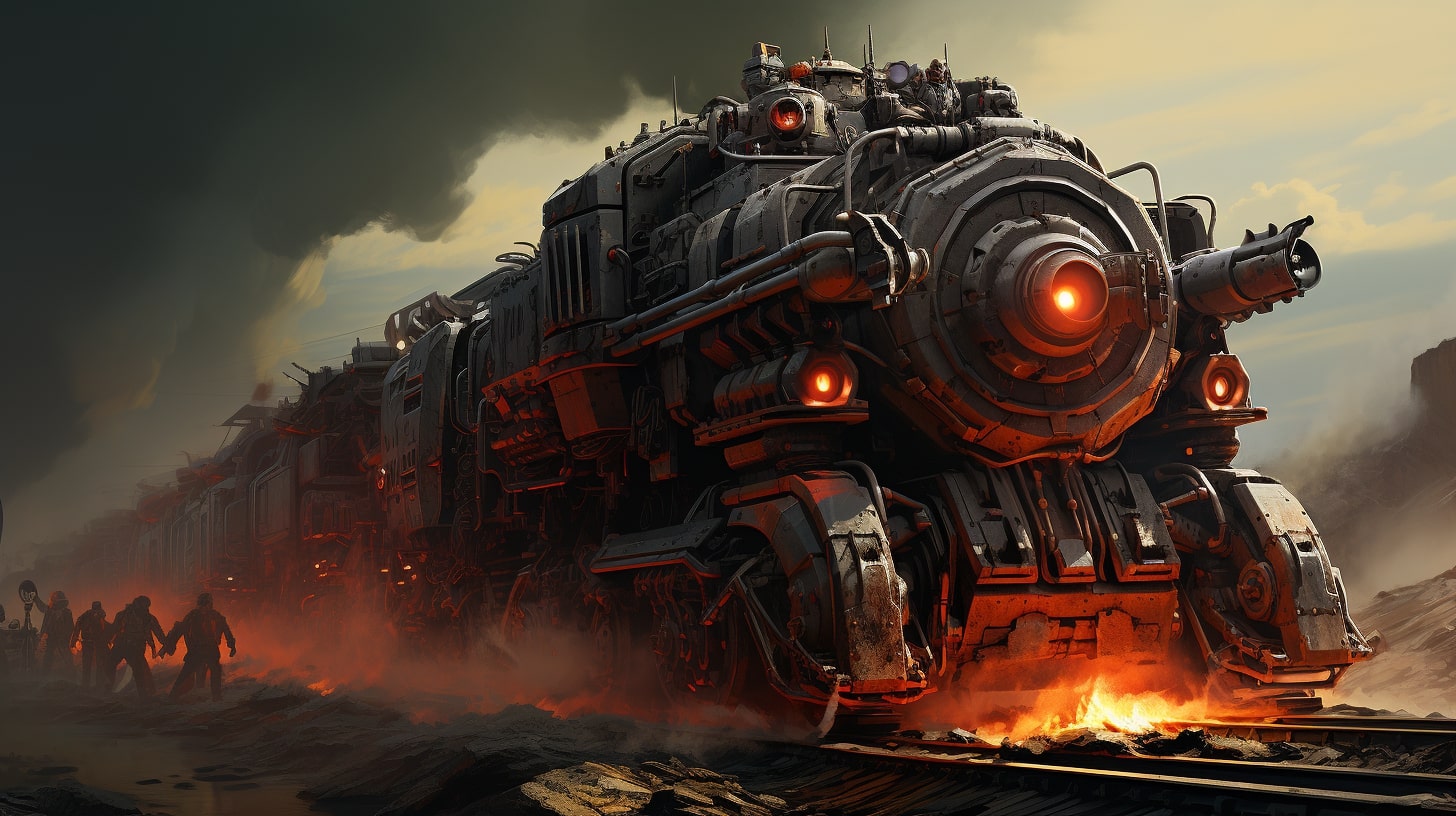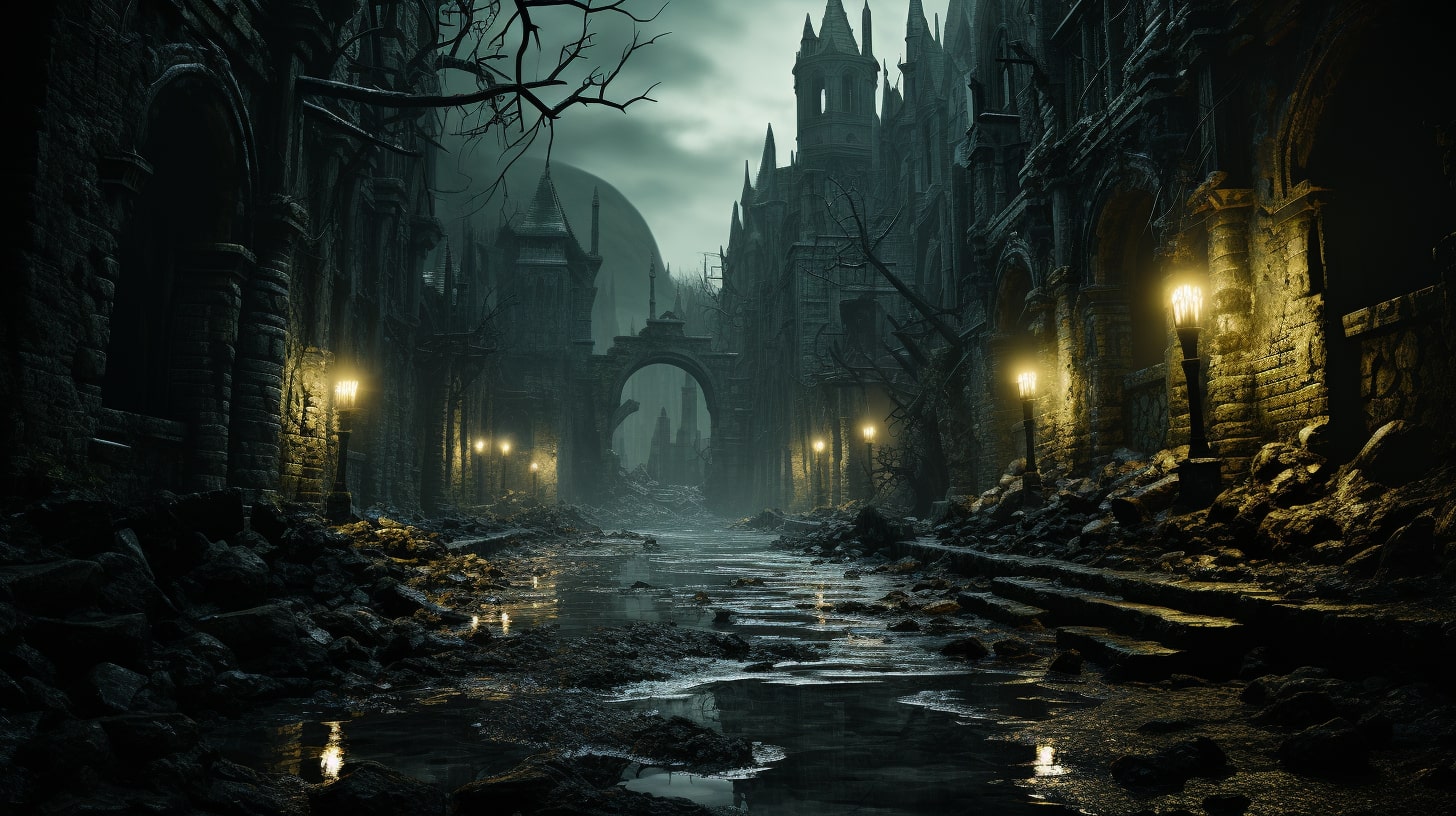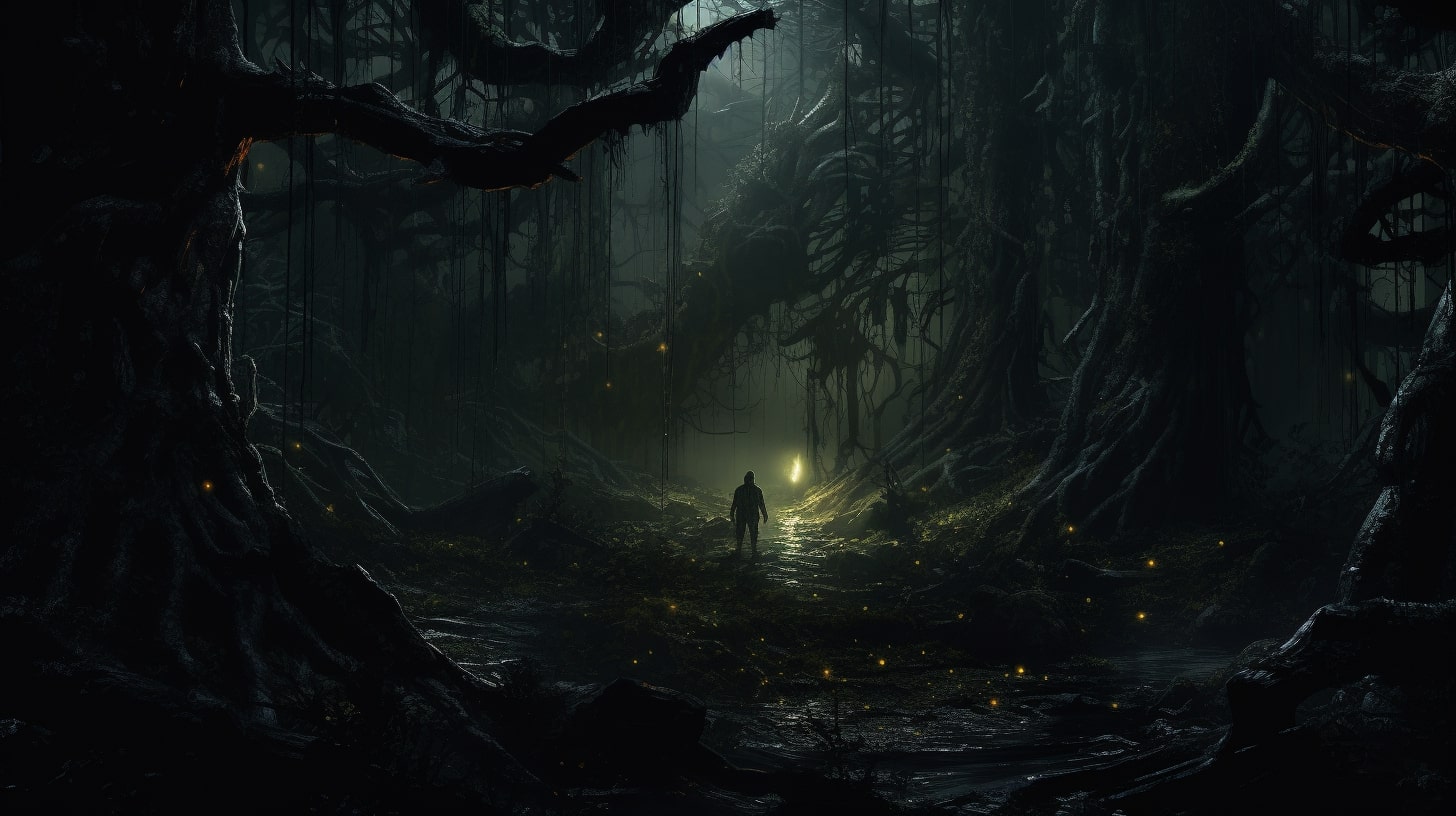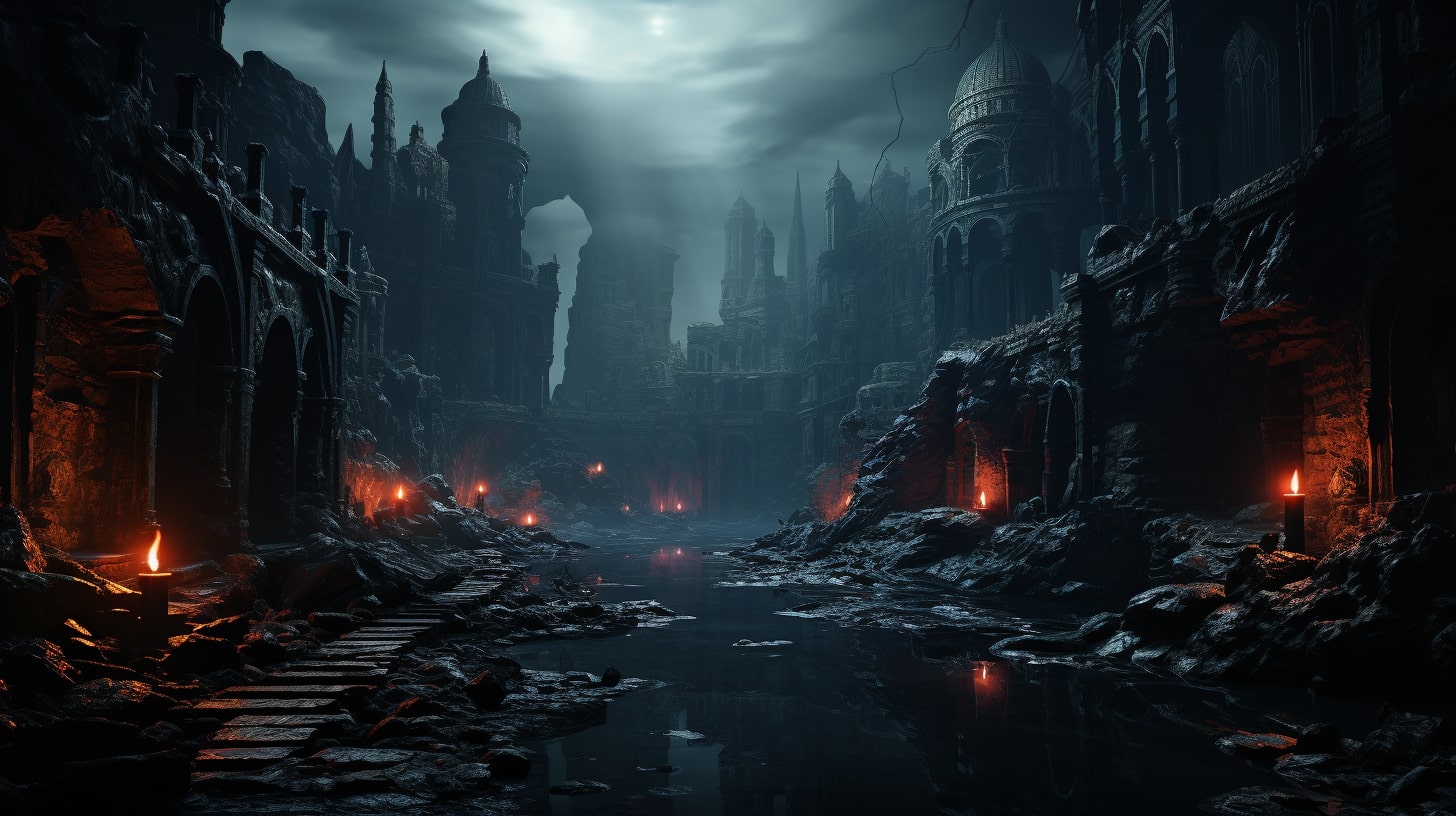The Role of Geography in Worldbuilding
Welcome to the exciting world of fantasy worldbuilding, where you have the power to create unique and captivating realms. In this section, we will explore the importance of geography in the worldbuilding process, specifically in the context of fantasy.
Introduction to Worldbuilding in Fantasy
In the realm of fantasy literature, worldbuilding is an essential aspect of creating immersive and believable stories. It involves constructing entire worlds from scratch, including their geography, history, cultures, and more. By crafting a well-thought-out world, you can transport your readers to new and extraordinary places, allowing them to escape reality and delve into your imaginative creations.
Worldbuilding geography in fantasy offers limitless possibilities, enabling you to shape every aspect of the world according to your creative vision. From towering mountains and vast oceans to mystical forests and treacherous deserts, geography plays a pivotal role in bringing your fictional world to life.
Why Geography Matters
Geography serves as the foundation upon which your fantasy world is built. It influences various aspects of your story, from the physical landscape to the cultures and societies that inhabit it. Here are a few reasons why geography matters in worldbuilding:
Setting the Stage: The geography of your world sets the stage for your story. It provides a backdrop against which your characters can embark on their adventures and face challenges. Whether it’s navigating treacherous mountain ranges or sailing across uncharted seas, the geography adds depth and realism to the narrative.
Shaping Cultures and Societies: Geography plays a significant role in shaping the cultures and societies within your world. The availability of resources, climate conditions, and the presence of natural barriers can all influence the development of different civilizations. For example, a society living in a dense jungle may have unique practices and beliefs compared to a nomadic tribe in a vast desert.
Creating Conflict and Obstacles: Geography can create conflict and obstacles for your characters to overcome. Harsh terrains, impassable rivers, or towering cliffs can present challenges that drive the plot forward and add tension to your story. By considering the geographical features of your world, you can create exciting and engaging conflicts for your characters to resolve.
Enhancing Immersion: A well-crafted geography adds depth and realism to your world, enhancing the immersion for your readers. Describing the sights, sounds, and sensations of different landscapes can transport your audience into the heart of your world, making them feel like they are experiencing the journey alongside your characters.
By understanding and harnessing the power of geography in your worldbuilding process, you can create a truly immersive and captivating world for your readers to explore. So, grab your map-drawing tools and let your imagination soar as you shape the lands, seas, and skies of your fantastical realm.
Remember, worldbuilding is a creative endeavor that allows you to unleash your imagination. For more guidance and inspiration on worldbuilding, check out our article on worldbuilding tips or explore our comprehensive worldbuilding guide.
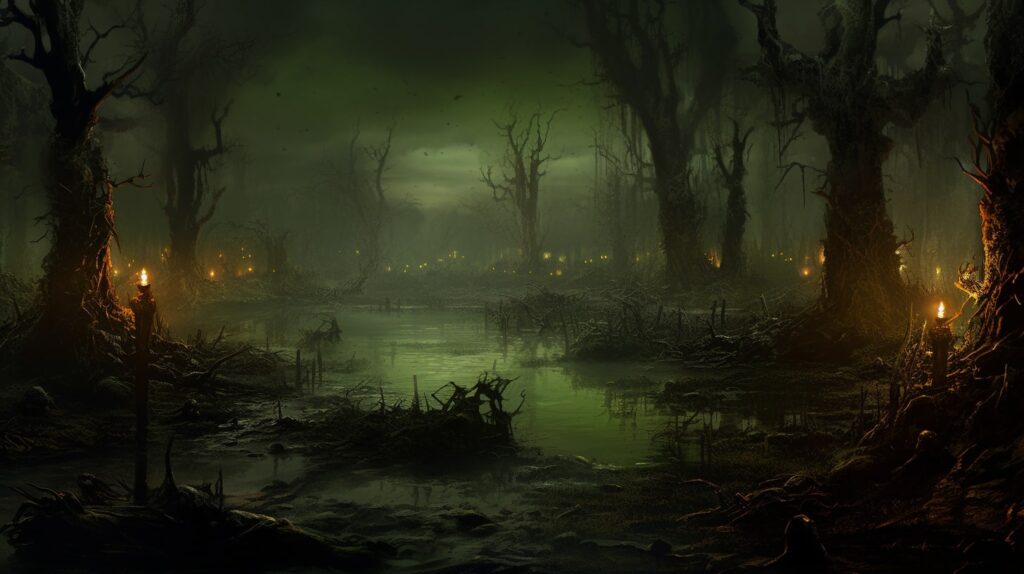
Worldbuilding Geography: Creating a Believable World
In the realm of worldbuilding, geography plays a crucial role in shaping the believability and depth of your fictional world. Understanding the impact of geography on your world can elevate your storytelling and immerse your readers in a rich and captivating setting. There are several key elements to consider when incorporating geography into your worldbuilding process.
Understanding the Impact of Geography
Geography encompasses various natural features such as landforms, climate, and ecosystems. These elements have a profound influence on the development of civilizations, cultures, and even the plot of your story. By understanding the impact of geography, you can create a more coherent and realistic world.
For example, the presence of mountain ranges can serve as natural barriers, shaping the movement and interactions of different societies. Rivers and oceans can act as transportation routes or barriers, affecting trade and communication between regions. The climate of a particular area can determine the types of flora and fauna that thrive there, which in turn can influence the cultures and lifestyles of the inhabitants.
To create a believable world, consider the interplay between geography and other aspects of your worldbuilding, such as cultures, politics, and history. By making these connections, you can create a cohesive and immersive world that feels authentic to your readers.
Neo Arcadis feels unique because of the geography of Andrascu. Without that you don’t have the idea of a city that is sitting on top of the ruins of an ancient civilization.
Elements to Consider in Worldbuilding
When incorporating geography into your worldbuilding, there are several elements you should consider:
Landforms and Landscapes: Mountains, oceans, forests, deserts, and other landforms contribute to the physical characteristics of your world. They can shape the terrain, determine the availability of resources, and influence the movement of characters.
Climate and Weather: The climate of your world affects the overall weather patterns, which in turn impact agriculture, clothing, and daily life. Different types of climates, such as tropical, temperate, or arid, can shape the development of civilizations and impact the way societies adapt to their environment.
Flora and Fauna: The biodiversity of your world brings it to life. Consider the different species of plants and animals that inhabit your world and how they interact with each other and with the inhabitants. Unique and realistic species can add depth and intrigue to your world.
Cultural and Societal Implications: Geography has a significant influence on the development of cultures and societies. The availability of resources, settlement patterns, and architecture can all be influenced by the physical attributes of the land. Resource distribution and trade routes can shape the economies and power dynamics of different regions.
By considering these elements in your worldbuilding process, you can create a rich and believable world that captures the imagination of your readers. Remember to maintain consistency and coherence throughout your world, ensuring that the geography aligns with other aspects of your storytelling.
As you embark on your worldbuilding journey, keep in mind that geography is just one piece of the puzzle. There are many other factors, such as history, politics, and mythology, that contribute to a fully fleshed-out world. For more worldbuilding inspiration and guidance, check out our collection of articles on worldbuilding, worldbuilding techniques, and worldbuilding resources. Happy worldbuilding!

Landforms and Landscapes
When it comes to worldbuilding, incorporating diverse and captivating landforms and landscapes can bring your fictional world to life. The geography of your world not only shapes the physical features but also influences the climate, flora, fauna, and even the cultures that inhabit it. In this section, we will explore some key landforms and landscapes that you can consider when crafting your world.
Mountains and Ranges
Mountains and ranges can add grandeur and majesty to your world. They can serve as natural barriers, separating different regions and influencing weather patterns. Mountains can also be home to unique ecosystems and provide resources such as minerals and freshwater. Consider the height, shape, and geological composition of your mountains to create a sense of realism and diversity in your world.
Oceans, Seas, and Rivers
Water bodies play a vital role in worldbuilding. Oceans and seas provide opportunities for exploration, trade, and the development of coastal civilizations. Rivers can serve as transportation routes, sources of freshwater, and centers of agriculture. Consider the size, depth, and currents of your water bodies, as well as their connections to other landforms, to create a believable and interconnected world.
Forests and Jungles
Forests and jungles are teeming with life and can serve as habitats for a wide variety of flora and fauna. They can be mystical, dangerous, or serene, depending on how you choose to characterize them. Consider the types of trees, plants, and animals that inhabit your forests and jungles, as well as any mythical or fantastical elements you may want to incorporate.
Deserts and Tundras
Deserts and tundras are extreme environments that can add intrigue and challenge to your world. Deserts are characterized by arid conditions and limited vegetation, while tundras are defined by freezing temperatures and a lack of trees. These landscapes can shape the cultures and survival strategies of the inhabitants. Consider the unique adaptations of plants and animals to these harsh environments, as well as the impact on travel and resource availability.
By incorporating these landforms and landscapes into your worldbuilding process, you can create a rich and immersive fictional world. Remember to consider the interplay between geography, climate, and the various elements of your world, such as flora, fauna, and cultures. For more inspiration and guidance on worldbuilding, check out our articles on worldbuilding ideas and worldbuilding prompts.
Climate and Weather
When it comes to worldbuilding, the climate and weather of your fictional world play a crucial role in shaping its environment, cultures, and even the story itself. By considering the influence of climate and understanding the different types of climates, you can create a rich and immersive world. Additionally, exploring weather patterns and phenomena adds depth and realism to your worldbuilding efforts.
Influence of Climate on Worldbuilding
The climate of your world has a profound impact on its geography, ecosystems, and the way its inhabitants live. Climate determines the distribution of landforms, such as mountains, forests, and deserts, as well as the availability of resources like water and fertile land. It shapes the flora and fauna that thrive in different regions and influences the cultural practices and lifestyles of the people. By considering the influence of climate in your worldbuilding, you can create a more believable and cohesive world.
Types of Climates in Worldbuilding
There are various types of climates you can incorporate into your worldbuilding. Here are a few examples:
| Climate | Description |
|---|---|
| Tropical | Characterized by high temperatures and abundant rainfall throughout the year. This climate often supports lush rainforests and diverse wildlife. |
| Arid | Known for its dry and hot conditions, with very little rainfall. Deserts are common in arid climates, where water scarcity shapes the landscape and influences the lives of its inhabitants. |
| Temperate | Featuring moderate temperatures and distinct seasons, temperate climates are often found in areas with four seasons. They offer a wide range of flora and fauna, and their landscapes can vary from rolling hills to dense forests. |
| Polar | Found near the Earth’s poles, polar climates are characterized by extremely cold temperatures and little precipitation. Icy tundras and glaciers are typical in polar regions. |
| Mediterranean | Known for mild, wet winters and hot, dry summers, Mediterranean climates are often found along coastlines. They support a variety of vegetation, including vineyards and olive groves. |
By selecting and combining different climate types, you can create a diverse and intriguing world that sparks the imagination of readers. Remember to consider the geographic factors that influence climate, such as latitude, altitude, and ocean currents, to add depth and realism to your world.
Weather Patterns and Phenomena
In addition to climate, weather patterns and phenomena bring life and dynamism to your world. Weather events such as rainstorms, blizzards, and heatwaves can create opportunities or obstacles for your characters. Tornadoes, hurricanes, and monsoons can add drama and excitement to your storytelling. Exploring these weather phenomena and their impact on the environment and societies within your world can make it more immersive and engaging for readers.
Consider incorporating unique and fantastical weather phenomena into your worldbuilding. For example, you might have regions with perpetual storms, floating islands surrounded by mist, or areas where it rains magical crystals. These imaginative additions can make your world feel truly extraordinary.
By paying attention to the influence of climate, understanding the different types of climates, and exploring weather patterns and phenomena, you can create a captivating world that feels alive and authentic. Remember to be consistent in your worldbuilding choices and consider the interplay between geography, climate, and the societies that inhabit your world. Happy worldbuilding!
Flora and Fauna
When it comes to worldbuilding in the realm of fantasy, flora and fauna play a crucial role in bringing your created world to life. The biodiversity of your fantasy world contributes to its authenticity and realism. Let’s explore the importance of biodiversity, adaptations to different environments, and creating unique and realistic species.
Biodiversity in Fantasy Worlds
In fantasy worlds, biodiversity refers to the variety of plant and animal life present in different regions. Just like in our own world, a diverse range of flora and fauna can enhance the believability and richness of your created world.
Consider creating distinct ecosystems within your fantasy world, each with its own unique species. You can draw inspiration from real-world ecosystems or let your imagination run wild to design fantastical creatures and plants. By incorporating a wide array of species, you’ll create a vibrant and dynamic world that captivates your readers.
Adaptations to Different Environments
When designing the flora and fauna of your fantasy world, it’s important to consider how these species have adapted to their respective environments. Different regions may have varying climates, landscapes, and resources, which impact the characteristics and behaviors of the living beings that inhabit them.
For example, creatures dwelling in lush forests might have adaptations such as camouflage, agility, or symbiotic relationships with specific plants. In contrast, species in arid deserts could possess features like water conservation mechanisms, heat tolerance, or the ability to burrow. By understanding the relationship between your world’s geography and its inhabitants, you can create a cohesive and immersive experience for your readers.
Creating Unique and Realistic Species
In the realm of fantasy worldbuilding, you have the freedom to unleash your creativity and invent entirely new species. When creating these species, it’s important to strike a balance between uniqueness and realism. Think about the evolutionary processes, ecological niches, and natural selection that might have shaped these creatures over time.
To make your species feel more realistic, consider incorporating elements from real-world animals and plants. Combine different traits, behaviors, and physical characteristics to create something entirely original. Remember to consider how these species interact with each other and their environment, as well as their role in the broader ecosystem.
Incorporating a wide range of flora and fauna, understanding adaptations to different environments, and creating unique and realistic species are essential aspects of worldbuilding. By paying attention to these elements, you can craft a vibrant and immersive fantasy world that will captivate your readers. For more worldbuilding ideas and tips, check out our articles on worldbuilding inspiration and worldbuilding techniques.
Cultural and Societal Implications
When it comes to worldbuilding, geography plays a significant role in shaping the cultures and societies within your fictional world. The geography of a landmass can have a profound influence on everything from the way people live to their beliefs and values. Let’s explore how geography influences cultures and societies in worldbuilding.
Influence of Geography on Cultures
Geography has a direct impact on the development of cultures. The natural features of a region, such as mountains, rivers, and forests, can shape the way people live and the resources available to them. For example, a society situated in a mountainous region might develop a strong emphasis on endurance and resilience due to the challenging terrain. On the other hand, a society located near fertile plains might prioritize agriculture and have a more communal way of life.
Geography can also influence cultural practices, traditions, and beliefs. For instance, coastal regions often have cultures that revolve around fishing and maritime activities, while societies in arid desert regions may have developed unique ways to conserve water and adapt to the harsh environment. By considering the geographical features of your world, you can create cultures that feel authentic and grounded in their surroundings.
Resource Distribution and Trade
The availability and distribution of resources are closely tied to geography and have significant implications for trade and economic systems within your world. Different regions may have access to specific resources such as minerals, timber, or fertile land for agriculture. This can lead to trade relationships between societies, as they exchange goods based on their respective strengths and needs.
Geography also influences the development of transportation networks. Mountain ranges, rivers, and oceans may act as natural barriers or conduits for trade routes. These routes can shape the interactions between different cultures and impact the spread of ideas, technologies, and goods.
Settlement Patterns and Architecture
Geography plays a crucial role in determining where and how settlements are established within your world. The physical features of the land, such as elevation, water sources, and climate, can influence the choice of settlement locations. For example, societies may choose to settle near rivers for easy access to water and fertile soil for agriculture.
Moreover, the architectural styles of buildings and structures can be influenced by geography. The materials available in a region, such as stone, wood, or clay, can shape the construction techniques and aesthetics of the built environment. The design of buildings may also be influenced by the climate and natural disasters typical of the area.
By considering the influence of geography on cultures, resource distribution, trade, settlement patterns, and architecture, you can create a more immersive and believable world. Remember to think about how the physical aspects of the land shape the way people live, interact, and build their societies. This attention to detail will enhance the depth and richness of your worldbuilding.
